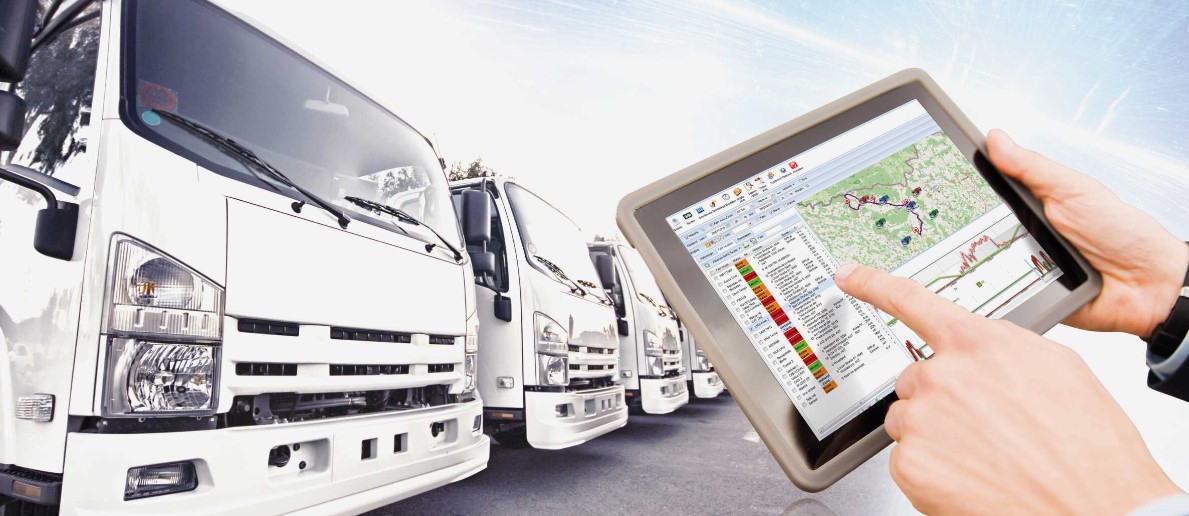In the realm of emergency management, swift and efficient response is crucial. The integration of advanced technologies such as GPS fleet control systems has significantly enhanced the capability of response teams to manage and mitigate the impacts of disasters effectively. This article delves into the various capabilities of these systems, the integration with other technologies, the challenges faced, and future innovations in the field.
GPS Fleet Control Capabilities in Disaster Scenarios
Real-Time Vehicle Tracking and Status Updates
The backbone of effective disaster response is the ability to make informed decisions quickly. GPS fleet control enables command centers to monitor the real-time locations of all vehicles in the fleet, providing up-to-the-minute data on vehicle status, including fuel levels, maintenance needs, and crew capacity. This real-time tracking ensures that the nearest and most appropriate resources are dispatched to incident sites, thereby minimizing response times and increasing the efficiency of operations.
Efficient Routing and Re-Routing
Disasters can render traditional routes impassable. Roads may be blocked, or hazardous conditions may prevail. GPS fleet control systems are equipped with dynamic routing capabilities that instantly calculate the fastest and safest routes to the disaster zones. This feature is indispensable, especially in rapidly changing scenarios where time saved can mean lives saved.
Asset Management During Crise
Managing a fleet during a disaster also involves overseeing the logistical aspects of the vehicles and the critical supplies they carry. These systems allow for meticulous tracking of essential resources such as medical supplies, food, water, and rescue equipment. Ensuring that these materials are adequately stocked, and replenished is crucial in sustained disaster response efforts.
![]()
Communication Enhancements
Communication is a critical component in disaster response. GPS fleet control systems facilitate seamless communication channels between fleet vehicles and command centers. This integration enables the relay of crucial information such as site assessments and resource needs back to the command center, which can then coordinate further relief efforts more effectively.
Integration with Other Disaster Management Technologies
Integrating GPS fleet control systems with other technological tools like Geographic Information Systems (GIS) and advanced weather tracking platforms enhances the effectiveness of disaster management. For example, coupling GPS data with GIS allows for the visualization of vehicle locations in relation to disaster-affected areas, enabling more strategic deployment. Similarly, integration with weather tracking systems can provide advance warnings about changing conditions, allowing fleet managers to reroute vehicles or evacuate personnel from high-risk areas.
Challenges in Deployment
Despite their significant benefits, deploying GPS fleet control systems in disaster response is not without challenges.
Connectivity issues are a common challenge, particularly in disaster-hit areas where infrastructure may be damaged. Ensuring that these systems remain operational during such times requires robust solutions like satellite communications to maintain data flow between vehicles and command centers.
Administrative Challenges
The implementation of these technologies also faces bureaucratic hurdles. Training personnel to use these advanced systems effectively is an ongoing challenge. Additionally, the initial setup and maintenance costs can be prohibitive for some agencies. Overcoming these challenges often requires substantial investment and inter-agency collaboration.

Ethical and Privacy Concerns
The use of GPS-based tracking systems raises concerns regarding the privacy of individuals and the ethical considerations of constant surveillance. Agencies must navigate these issues carefully, ensuring that they maintain trust while enhancing their response capabilities.
Future Trends and Innovations
The future of GPS fleet control in disaster response looks toward even greater integration of technology. Advancements in artificial intelligence and machine learning are set to further enhance the predictive capabilities of these systems. AI algorithms can analyze vast amounts of data from past disasters to predict outcomes and suggest more effective response strategies. Moreover, global movements toward standardizing disaster response protocols may see broader adoption of these technologies, ensuring more unified and effective global disaster response strategies.
Conclusion
The integration of GPS fleet control systems into disaster response and management has undeniably transformed the field, making operations more efficient and response times faster. As these technologies continue to evolve, their role in saving lives and managing crises is set only to increase. For emergency management agencies, ongoing investment in and adoption of these technologies is not merely beneficial but essential for future preparedness. By leveraging these advanced technological solutions, disaster response teams can ensure they are always one step ahead, ready to respond effectively to any crisis, thus safeguarding communities and minimizing the impact of disasters.
“The only impossible journey is the one you never begin.” –Tony Robbins